COOL-SEASON CROPS & THE FEB./MARCH FORECAST: It is now cool-season crop planting time for Oklahoma gardeners in some portions of the state, but all of us still need to remember that even cool-season crops can be damaged by prolonged exposure to cold temperatures. See the NWS weather page linked below and read the 'Winter Storm' portion of that page if you're interested in knowing why we've been so cold/wet here this year and also see how long it is expected to last.
RECOMMENDED COOL-SEASON PLANTING TIME IS HERE: In general, the earliest cool-season planting dates recommended by OSU are February 15th through March 10th for cool-season crops. Remember that the Feb. 15th is for the most southeastern portion of the state and March 10th is for the most northwestern and you should choose a date in between those two if you're in the central portion of the state.
WHY PLANT WHILE IT IS SO COLD? Cool-season crops are planted early because they grow best in cooler temperatures and often bolt (flower and go to seed, which ruins their eating quality) in hot weather. However, they also can be damaged by cold temperatures, frost, and any sort of freezing precipitation.
COLD-HARDINESS OF COOL-SEASON CROPS VARIES: Remember that all cold-season crops are not the same.
1. HARDY plants include cabbage, kohnrabi, onions, peas, spinach and turnips. These hardy vegetables can be planted up to six weeks before the last frost and can withstand frost and very cold temperatures once they are well-established. A hard frost during their first week or two in the ground as plants (not seeds) can damage them, so cover them up when frost threatens if they are very young and newly transplanted. There is a second group of hardy crops that need to go into the ground a tiny bit later than the hardiest crops and those would be beets, broccoli and radishes, which shouldn't go into the ground until March instead of late February even if you are in southern OK.
2. SEMI-HARDY vegetables include carrots, cauliflower, lettuce, potatoes and beets. These semi-hardy cool-season vegetables will grow well in cold weather and can endure a light frost, but can be injured or killed by a severe frost. Since potatoes are generally planted 6-8" below the soil surface, you don't have to worry about them until their foliage is aboveground though.
3. SEMI-TENDER vegetables are rare and the only one I can think of is Swiss Chard, which can be injured by even a light frost but otherwise can endure very cool temperatures. Even if it freezes completely to the ground, it usually comes back from the roots unless it is only a week or two old when it freezes. Rhubarb is similar to potatoes or swiss chard. Its roots are not damaged by cold here, but newly-emerged above-ground foliage can freeze back to the ground.
TENDER and VERY TENDER crops are in the warm-season category and they don't go into the ground until after the last frost unless you can cover them up well and keep frost off of them. However, they will be sluggish and slow-growing in cold soil so you really don't gain anything by transplanting them early since their roots will not grow well in cold soil.
Here's the OSU planting dates for cool-season crops.
Asparagus roots and Rhubarb roots: Fall or Spring
FEB. 15TH - MAR. 10TH;
cabbage
carrot
cauliflower
Swiss chard
kohlrabi
lettuce
onion
peas, green (edible podded or shelling-type English peas, but NOT southern peas0
potatoes, Irish
spinach
turnip
MARCH:
beets
broccoli
MARCH 1 - APRIL 15TH:
radish
Once your cool-season crops are in the ground, watch carefully and be prepared to cover them up if cold temperatures or freezing precip are forecast. You can cover up cool season crops with sheets, blankets, boxes, tightly-woven baskets, buckets or flower pots, etc. You also can use woven fabrics like Agribon or Reemay which come in different weights and provide varying degrees of freeze/frost protection. You cannot use plastic if it will make contact with the plants because the cold will injure or damage the plants wherever they make physical contact with the plastic. You can use plastic if you can suspend it above the plants so it doesn't touch them.
Don't trust the forecast either. Watch the weather and trust your instincts. Forecast overnight lows are general and often you'll see temps significantly lower than your area's forecast low. I have seen our overnight low go down to 32 degrees here at our house when it was forecast to be 50 degrees, and something similar has happened to George in Tahlequah, so trust your instincts and cover up your plants if you think they need it. I try to watch how quickly the temperature drops between about 4 and 6 or 7 p.m. It it is falling more rapidly than I think it ought to based on the forecast low, I'll cover up the plants before dark.
In case you're new to gardening, understand this....sometimes the forecast low is based on conditions that can change abruptly. The forecast might be based on cloudy skies (which help hold in the heat) and light wind (which prevents frost from settling on the plants). If for some reason, the skies clear overhead and/or the wind stops blowing, you can have a freeze or frost even though it was not forecast. This is especially common on the night or two or three around the full moon.
I'll be planting onions this week, and potatoes shortly thereafter, but I'll be ready to cover up those onions nightly if needed.
Dawn
Here is a link that might be useful: Explanation for Our Cold Weather & More Is Forecast


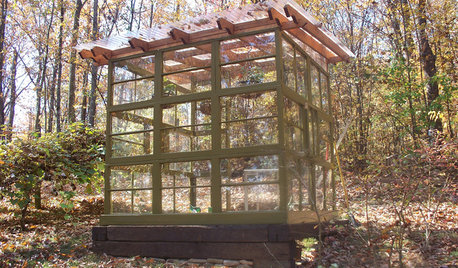

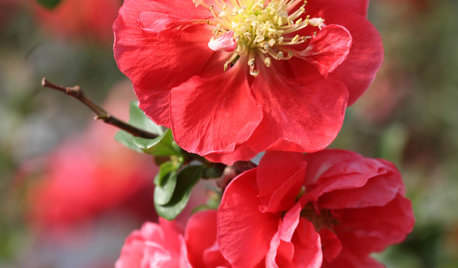
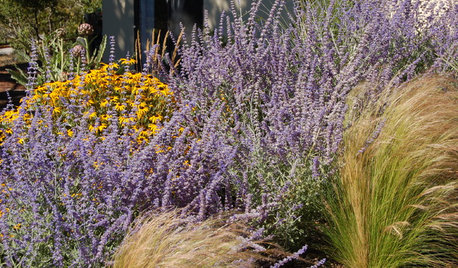
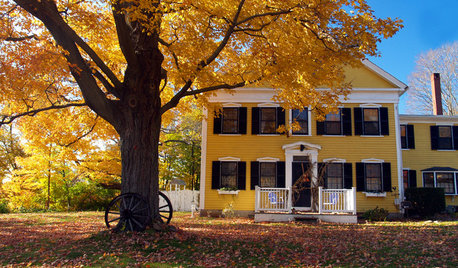


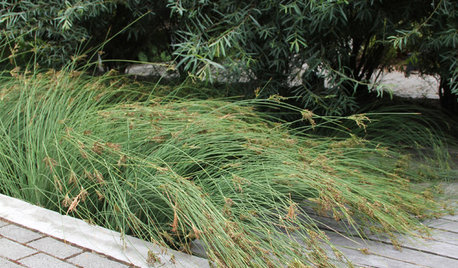



southerngardenchick
jeffinok
Related Discussions
Cool Season Crop Grow List
Q
Caring For Your Cool-Season Veggien Crops
Q
Cool Season Crops You Can Still Plant Now
Q
Cool season crop preparation
Q
elkwc
Okiedawn OK Zone 7Original Author
soonergrandmom
ezzirah011
elkwc
Okiedawn OK Zone 7Original Author